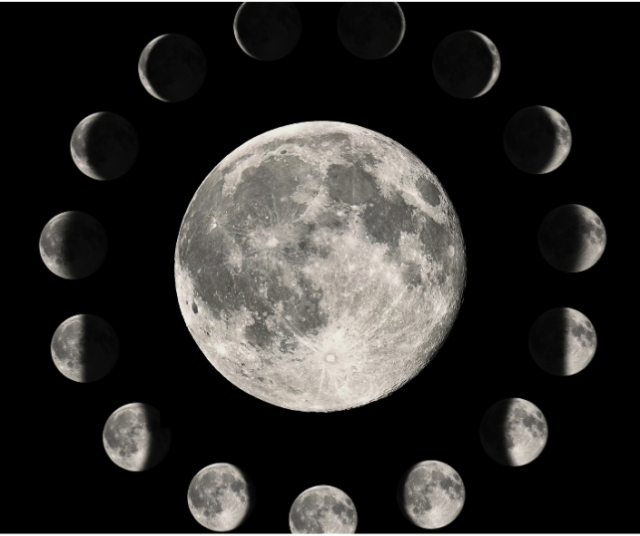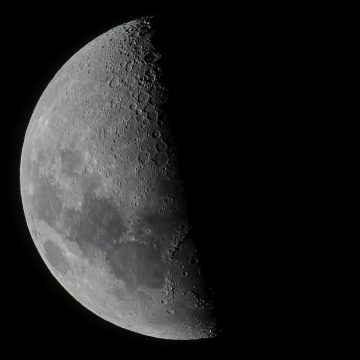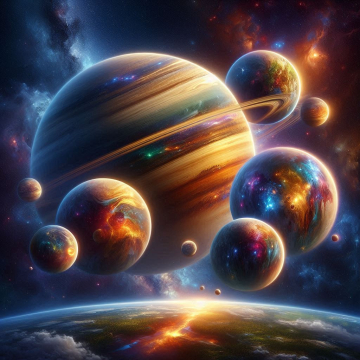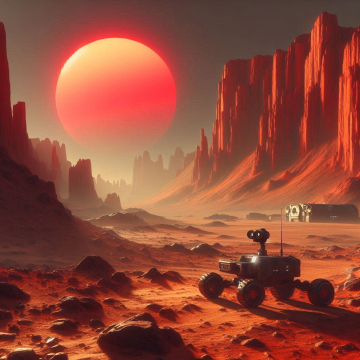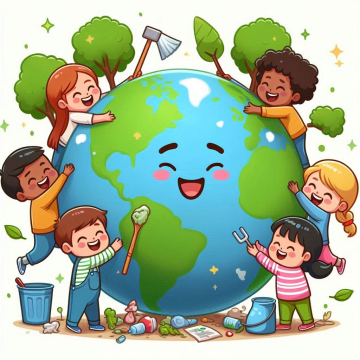The lunar calendar, a time tracking system based on the cycles of the Moon, has been a fundamental tool for humanity since ancient times. Over the millennia, this calendar has been more than just a tool for measuring time; has been a guide to growing crops, celebrating holidays, seafaring, self-care, and spiritual exploration. In this article, we will dive into the fascinating history and various applications of the lunar calendar, from its origins to its relevance in the modern world.
The basics of the lunar calendar:
The lunar calendar is based on the cycles of the Moon, which goes through different phases over approximately 29.5 days. These phases, which include the New Moon, the First Quarter, the Full Moon and the Last Quarter, have been observed and recorded by various cultures around the world. From ancient civilizations to the modern era, the lunar calendar has been an essential tool for measuring time and organizing daily life.
The lunar calendar in history:
Over the centuries, the lunar calendar has been much more than just a tool for measuring time; It has been a reflection of the beliefs, practices and cultures of various civilizations around the world. From the earliest records of lunar observations in ancient societies to its influence on the modern era, the lunar calendar has left an indelible mark on human history.
In ancient civilizations, such as the Sumerian, Egyptian and Mesopotamian, the lunar calendar was closely linked to agriculture and the worship of deities related to the Moon. In Mesopotamia, for example, priest-astronomers developed precise lunisolar calendars to regulate agricultural and religious activities. In ancient Egypt, the observation of lunar cycles was linked to the worship of deities such as Thoth, the god of the moon and wisdom.
Over time, the lunar calendar evolved and adapted in different cultures and regions of the world. In ancient China, a complex lunisolar calendar developed that influenced astrology, agriculture, and traditional festivals. In the Islamic world, the lunar calendar became the basis for the religious and civil calendar, marking the months of the year and determining the dates of celebrations such as Ramadan.
During the Middle Ages and the Renaissance, the lunar calendar continued to play an important role in everyday life and in the development of science and astronomy. Medieval alchemists and astronomers studied the movements of the Moon in relation to other celestial bodies, laying the foundation for the modern understanding of astronomy.
In the modern era, the lunar calendar has lost some of its practical relevance due to the development of calendars based on the solar cycle and the advancement of technology. However, it remains an integral part of many cultures and traditions around the world, influencing areas such as agriculture, spirituality and personal care. In short, the lunar calendar has left an indelible mark on human history, reminding us of our eternal connection to the cosmos and our ancestors.
The lunar calendar in Chinese culture:
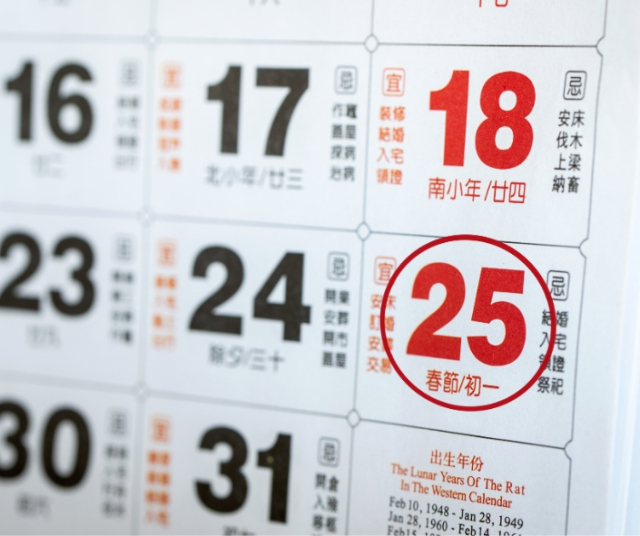
One of the most notable traditions that still uses the lunar calendar is Chinese culture. The Chinese lunar calendar, also known as the lunisolar calendar, is used to determine the dates of holidays such as the Chinese New Year, the Mid-Autumn Festival and the Lantern Festival. This calendar also influences Chinese astrology and decision making in various aspects of life, such as wedding planning and selecting auspicious dates.
Applications of the lunar calendar in agriculture:
One of the most practical applications of the lunar calendar is in agriculture. Over the centuries, farmers have observed the lunar cycles to determine the optimal times to plant, cultivate, and harvest their crops. Certain lunar phases are believed to be more conducive to different agricultural activities, such as sowing seeds during the New Moon or pruning trees during the Waning Moon. Although modern science has provided more precise methods for agriculture, many communities still rely on the lunar calendar to plan their agricultural efforts.
The lunar calendar in maritime navigation:
Another important historical application of the lunar calendar is in maritime navigation. Before the development of modern navigation instruments such as the sextant and chronometer, sailors relied on astronomical observations to determine their position at sea. The lunar calendar gave them a way to calculate time and predict the tide, which was crucial for avoiding dangers such as reefs and storms.
Using the lunar calendar in personal care and health:
The lunar calendar has also been used in personal care and health in some traditions. It is believed that certain lunar phases can influence hair growth, the effectiveness of hair removal, and even overall health and well-being. For example, some people prefer to cut their hair or wax during certain moon phases for better results. Although these beliefs are not always supported by modern science, they reflect the deep connection between the Moon and life on Earth that has existed for millennia.
The influence of the lunar calendar on astrology and spirituality:
In addition to its practical applications, the lunar calendar has also had a great influence on astrology and spirituality. In many spiritual traditions and belief systems, the Moon is believed to have a powerful effect on our emotions, energy and destiny. The lunar phases are used to perform rituals, meditations and spiritual practices aimed at harnessing the energy of the Moon and aligning our lives with its natural cycles. Astrology also considers the position of the Moon in the zodiac as an important factor in interpreting astrological charts and predicting future events.
The lunar calendar has been an invaluable tool for humanity throughout history and remains relevant in the modern world. From its origins in ancient civilizations to its modern-day applications in agriculture, navigation, self-care and spirituality, the lunar calendar reflects our deep connection to the cosmos and our ability to understand and harness the natural rhythms of the universe. Although modern science has provided more precise methods for many of these areas, the lunar calendar remains a source of inspiration, wisdom, and connection to the world around us.
